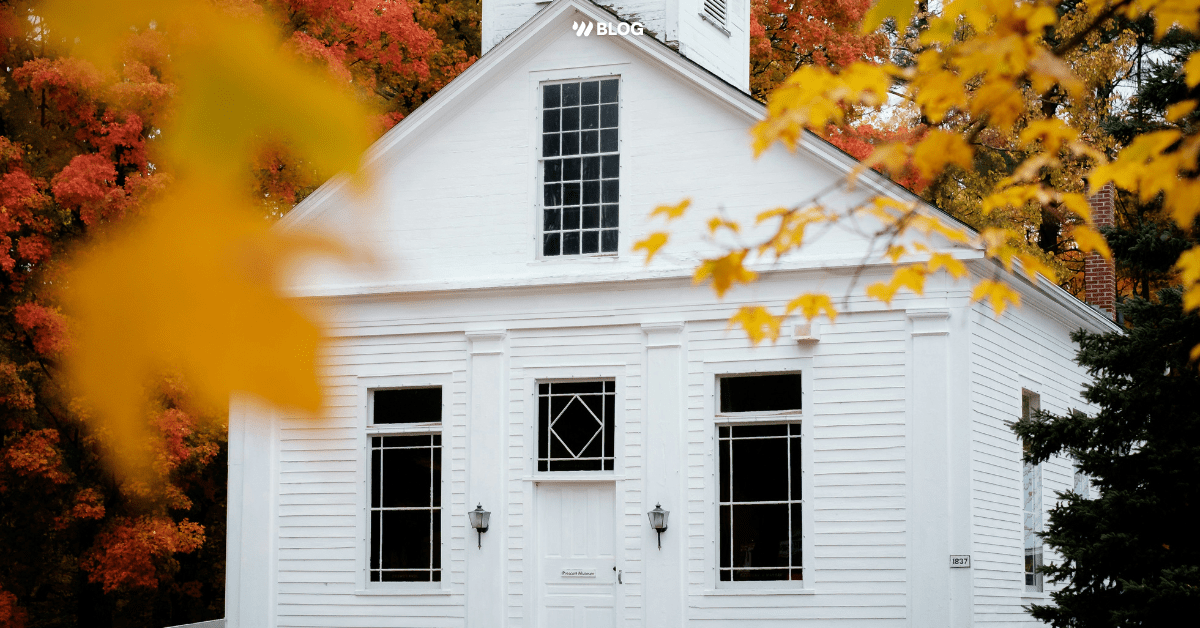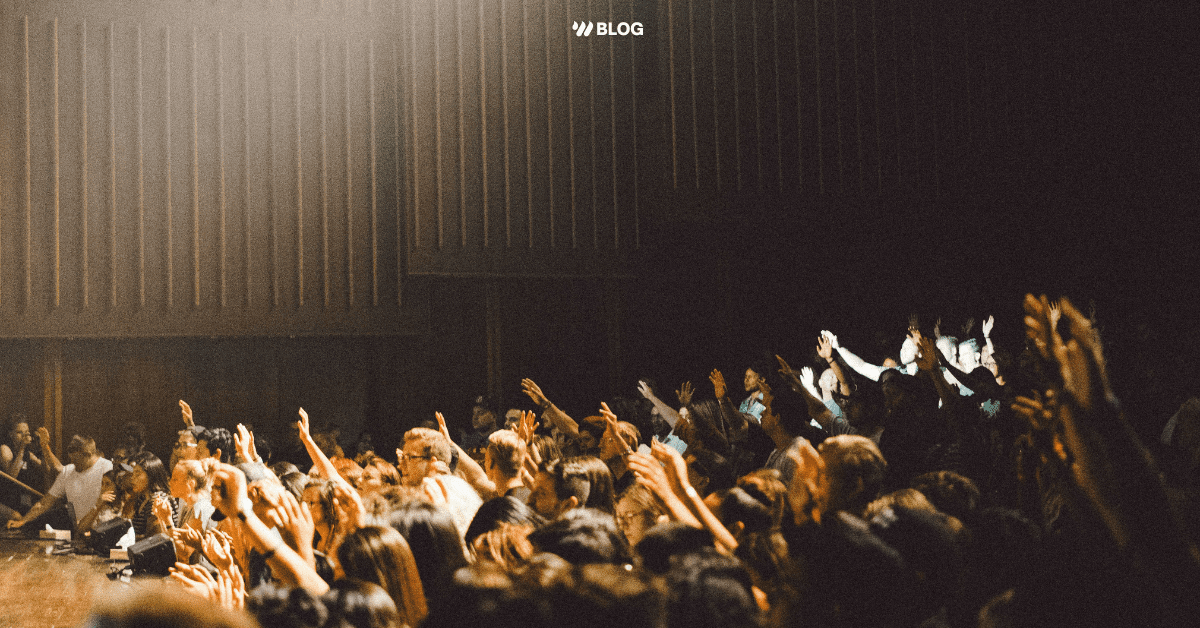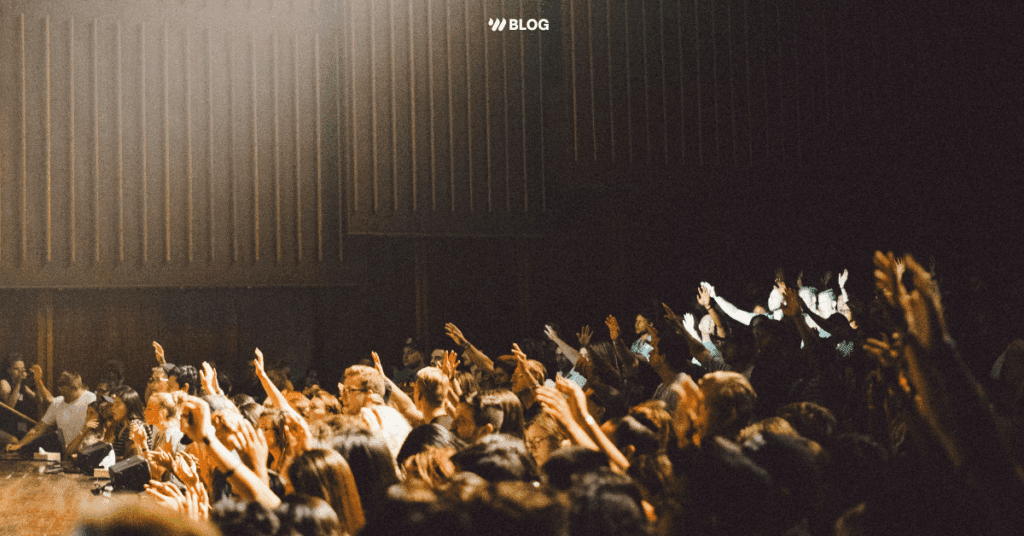Delay pedals – one of the most common tools of a worship guitarist. It is a source of vibe that a lot of guitarists seek after to sound larger and more professional.
We get quite a few emails asking about dialing in delay sounds, so I figured I would give you an overview of how I approach the matter.
I want to start by taking a little bit of pressure off from people getting ready for Sunday: Many of the questions we get are about dialing delay settings for specific songs. You don’t have to copy things exactly like the record to sound great. A good guitarist could get away with one setting the entire set.
Be yourself and be creative and don’t feel like you have to go buy a specific pedal or use a certain subdivision to sound like a pro on Sunday. The great thing about Worship Online is being able to see how other people dial things on records so that you can get a better reference for what has worked, get inspired, and develop your own palette for effects.
What delay pedal should I buy?
I do not think there is a particular product anyone “needs” to serve God on Sunday. As I mentioned earlier, you could get away with one setting for an entire set if you needed to.
With that said, something with the ability to control the tempo is ideal. Fixed analog pedals are usually best for short slapback or ambient type effects.
If you have the budget, a Strymon Timeline will allow you to dial in pretty much whatever you want. Throughout this blog, I will use the Timeline as a reference since it is pretty much the industry standard at this point.
Dialing it in.
Types
Digital
Usually a little more “pristine” sounding. They can be shaped many different ways and can sound like other types depending on how they are tweaked. They can be set brighter which results in very audible repeats next to your guitar’s signal.
Analog
Associated with darker analog circuits like old Memory Man’s or DM-2’s.
Tape
Tape delays are technically an “analog” delay, but are usually classified separately because of their unique modulation characteristics, such as “flutter.” Typically, their tone is a little brighter and less bassy than a standard analog delay.
Levels
On a Timeline, I find most people keep the mix around noon for the most part. I would set it to ~10 o’clock for subtle delays and bring it up to ~2 o’clock for highly effected sounds (usually with lots of modulation).
Feedback
Just like the mix level, keeping it around noon on a Timeline works well. Many manufacturers, design their pedals to sound good with settings at noon or so. On very rhythmic parts I will typically dial back the mix and feedback and on bigger leads, I will bring them up.
Division
The classic worship sound has typically been a dotted eighth as a lot of guitarists have been influenced by the likes of U2 and Coldplay. A lot of what I prefer and am influenced by is in different genres, so I find myself sticking to an 8th note setting most of the time. Do what inspires you.
If you find a part where a triplet or 16th note delay sounds cool, go for it! I’m all about experimentation. 16th note delays are a great way to add space around a part without getting washy.
Modulation
My favorite parameter as it is where all the magic happens. If you are running a stereo setup, try adding varying degrees of modulation and note how it affects the stereo field. The more your left and right signals vary in tone/pitch/delay (modulation) the more your ears perceive them as separate and wide.
On a Timeline, I would set the speed to noon and depth only slightly up on most settings. For experimental sounds, I would turn both of them up to ~1-2 o’clock.
Filter
Not all pedals offer a filter control, but it is really useful on a Timeline. I loved using the Digital mode and using the filter to adjust how I wanted the repeats to be heard. Most of the time I had it at 11 o’clock, but I would bring it to 9 or 1 o’clock depending on what I wanted. Experiment with bringing down the mix and brightening up the delays for some clarity.
Functionality – Tempo and Presets
When it comes to tapping tempos vs. programming them, I have gone back and forth depending on the context and rig I’m using. Many artists I play with can change setlists, sometimes last minute, and it can be hard to program tempos beforehand. In that situation, I will use presets that are set up for global tap tempo.
When on The Garden Tour with Kari Jobe, we had a pretty set setlist most of the time and I had a midi controller. Presetting my delays and reverbs made my life really easy.
At The Belonging, we usually only play 4 or so songs, so programming presets beforehand was rather simple. When I used a Timeline, I had 1 bank and 2 presets per song. I just have 6 delay settings setup for tap tempo with my current Fractal rig.
When it comes to midi, there are countless options out there to help with preset switching and tempo programming. RJM, Disaster Area, and Selah make some great options. If you are just starting out, do not feel like you need to go down this path. It’s a very deep world of complexity, but it can be beneficial if you know what you are doing.
The best thing you can do with effects is to train your ears, and Worship Online is a great place for that. Watch more of our videos to see how we are dialing things in for each song.
Thanks for reading and let us know if you have any further questions in the comments below.
You may also be interested in these posts!
- Guitar Lesson: How to Equip Any Guitarist to Succeed on Sunday
- Worship Guitar Tone Master Class
- 8 Tips for Better Band Dynamics for Your Worship Team
- Amp Modeling Rig Rundown with Jordan Holt
- Guitar Rig Rundown: Pedals & Gear


![Top Christmas Worship Songs 2025 [With Tutorials]](https://worshiponline.com/wp-content/uploads/2024/12/Post-Graphic-no-title-only-watermark-1-1.png)



![Top Christmas Worship Songs 2025 [With Tutorials]](https://worshiponline.com/wp-content/uploads/2024/12/Post-Graphic-no-title-only-watermark-1-1-1024x536.png)